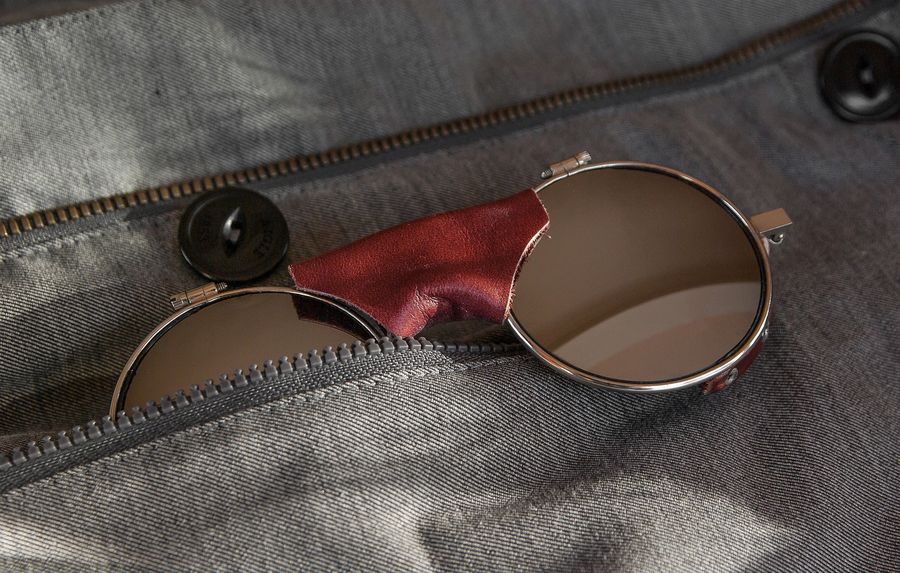19 Sep2022
Hiking is one of the best ways to explore the greatness of our world. It is a great way to spend time with friends and family, exercise, and breathe in fresh air. If you’re new to the sport, there are quite a few things you should have in your hiking pack before embarking on your first hike. A set of hiking sunglasses are essential for safe and enjoyable trips. However, with so many different pairs available, how do you know which ones to buy?
Tips for hiking sunglasses
Some of the most important things to look for in hiking sunglasses are as follows:
Polarized lenses
Polarized lenses have been around for quite some time now, but they’re still one of the best options available today — especially when it comes to outdoor activities like hiking or fishing. Polarized lenses block out glare from water and snow better than regular lenses do, making them ideal for outdoor use in those conditions. In addition, polarized lenses help reduce eye fatigue by reducing glare on flat surfaces like pavement and concrete.
UV protection
The sun is the most important thing to consider when looking for a pair of hiking sunglasses. You’re going to be spending a lot of time in the sun, so it’s important that your sunglasses protect your eyes from harmful UV rays. The best way to do this is by purchasing glasses with 100% UVA/UVB protection. This will keep your eyes safe from harmful UV damage so that you can enjoy outdoor activities all year round.
Lens material
The lens material is a good indicator of the durability and quality of your hiking sunglasses. Most modern lenses are made from either polycarbonate or high-index materials, although some manufacturers still use glass for their lenses. Polycarbonate (PC) is a tough, durable material that can be scratched but not shattered by sharp objects. High-index (HI) lenses are made from a special type of plastic that allows light to pass through it more easily than traditional plastic lenses, making them thinner and lighter than standard lenses.
Lens color
The lens color will determine how well your eyes adjust when transitioning from bright light to low light conditions. Clear lenses work best in low-light conditions while yellow-tinted lenses help with contrast and visibility in overcast conditions. Gray lenses are ideal for cloudy days and provide enough contrast to help improve depth perception.
Wrap-around lenses
The best hiking sunglasses will have wrap-around lenses that protect your eyes from all angles. If you want to be able to see what’s behind you as well as in front of you, then look for a pair of sunglasses with wrap-around lenses. These will not only protect your eyes from the sun but also give you a wider field of vision so that you can see everything around you.
Nose and ear grips
When it comes to hiking, one of your biggest concerns will be protecting your eyes from the sun. This means that you need a pair of hiking sunglasses that will protect your eyes from both UVA and UVB rays. The lenses should also be made from high-quality materials such as polycarbonate or polycarbonate with anti-scratch coating so they don’t scratch easily when they are being used outdoors.
Interchangeable lenses
You want to be able to change out the lenses depending on what kind of weather you’re expecting on your hike. If it’s going to be sunny and bright, you might want polarized lenses so that there aren’t any glare issues. If it’s going to be cloudy or rainy, then you might want some darker lenses so that you don’t get blinded by the sun reflecting off the clouds.
Conclusion
There are many factors that go into picking out the best sunglasses for hiking. While it may seem daunting at first, it’s actually a very simple process if you know what you’re looking for. The information above should help walk you through the decision-making process for finding the right pair of sunglasses for hiking.






More Stories
Bar and Hotel Cleaning – Essential Equipment
Online Hotel Reservations Guide
Why Outsource Hotel Operations Management?